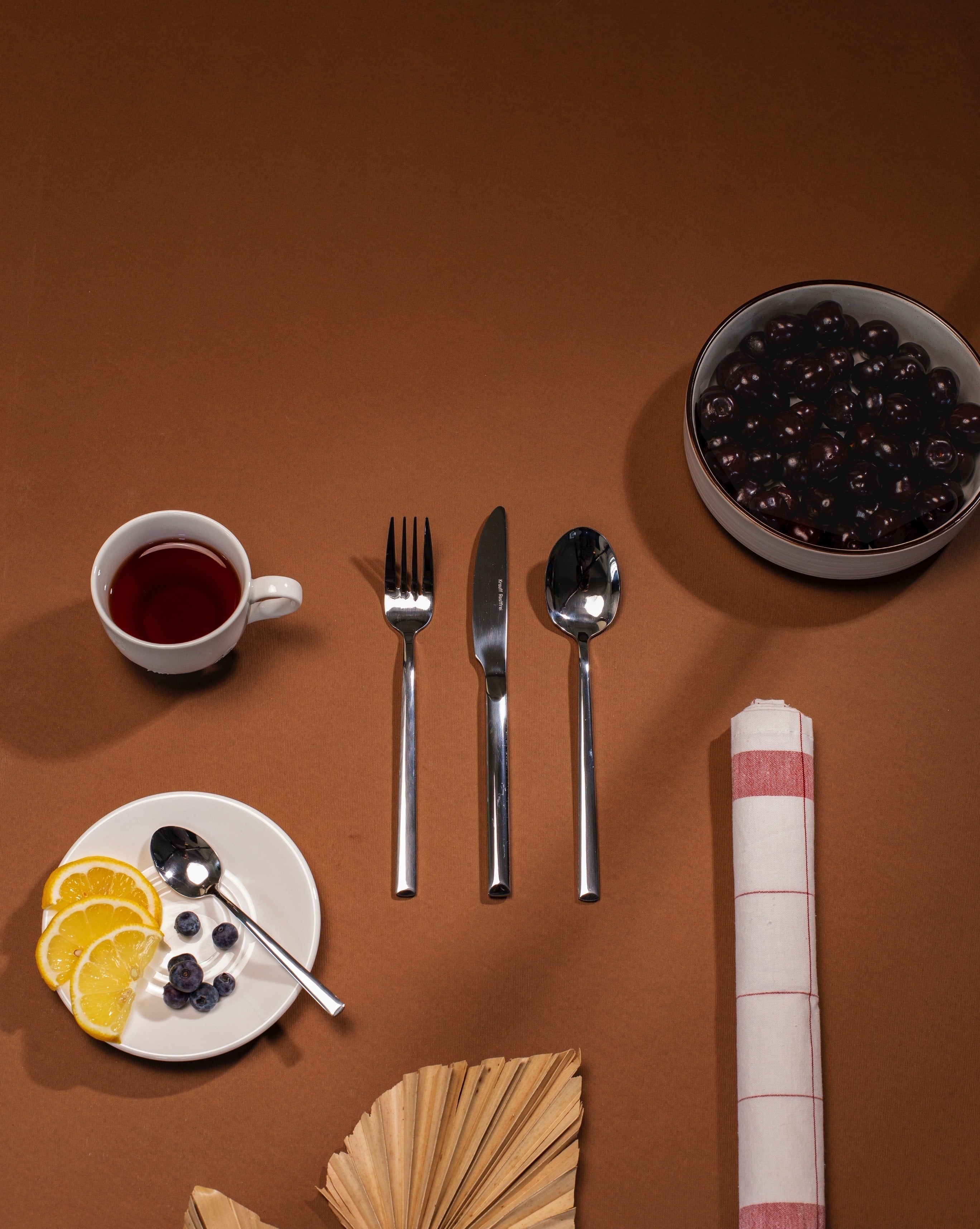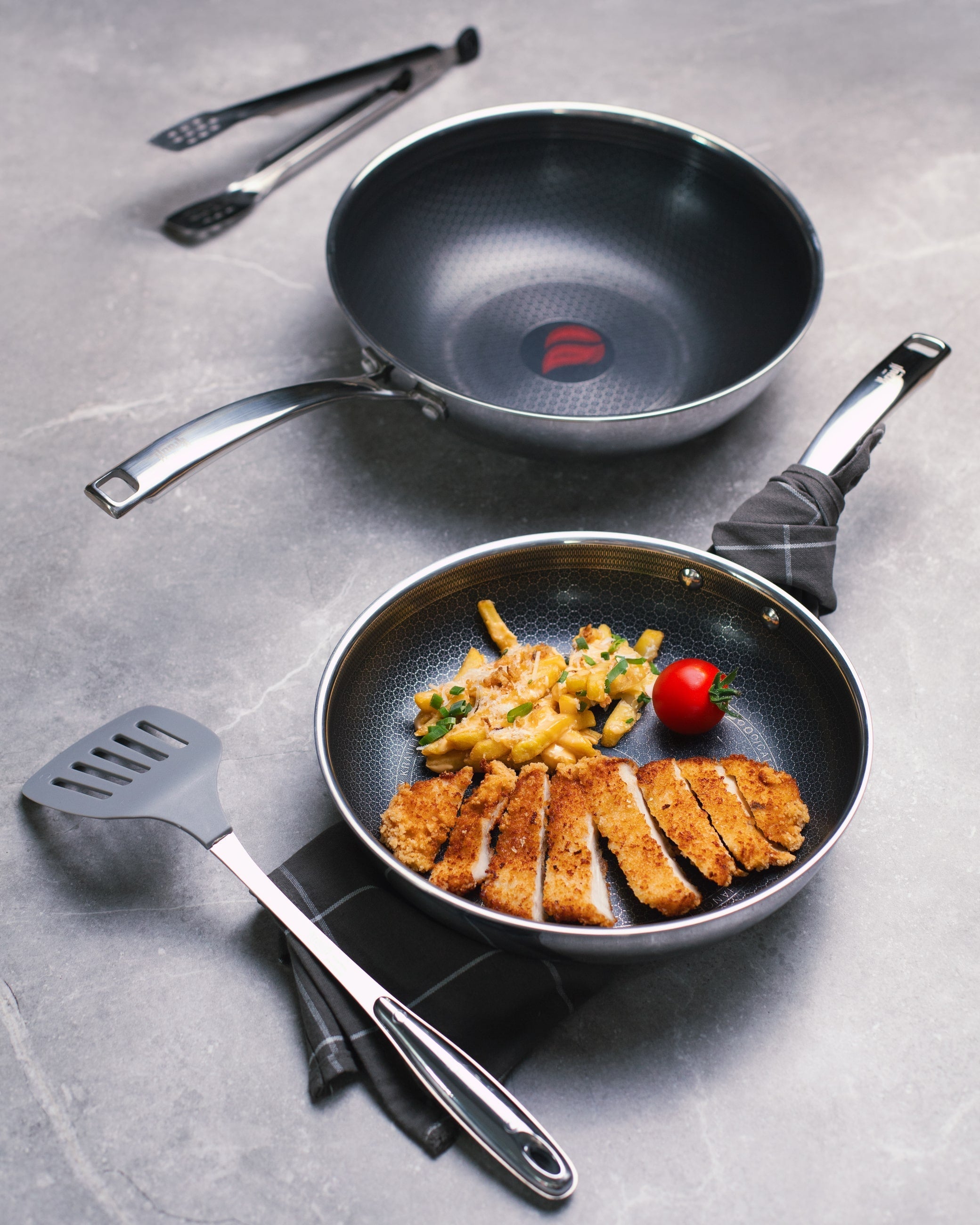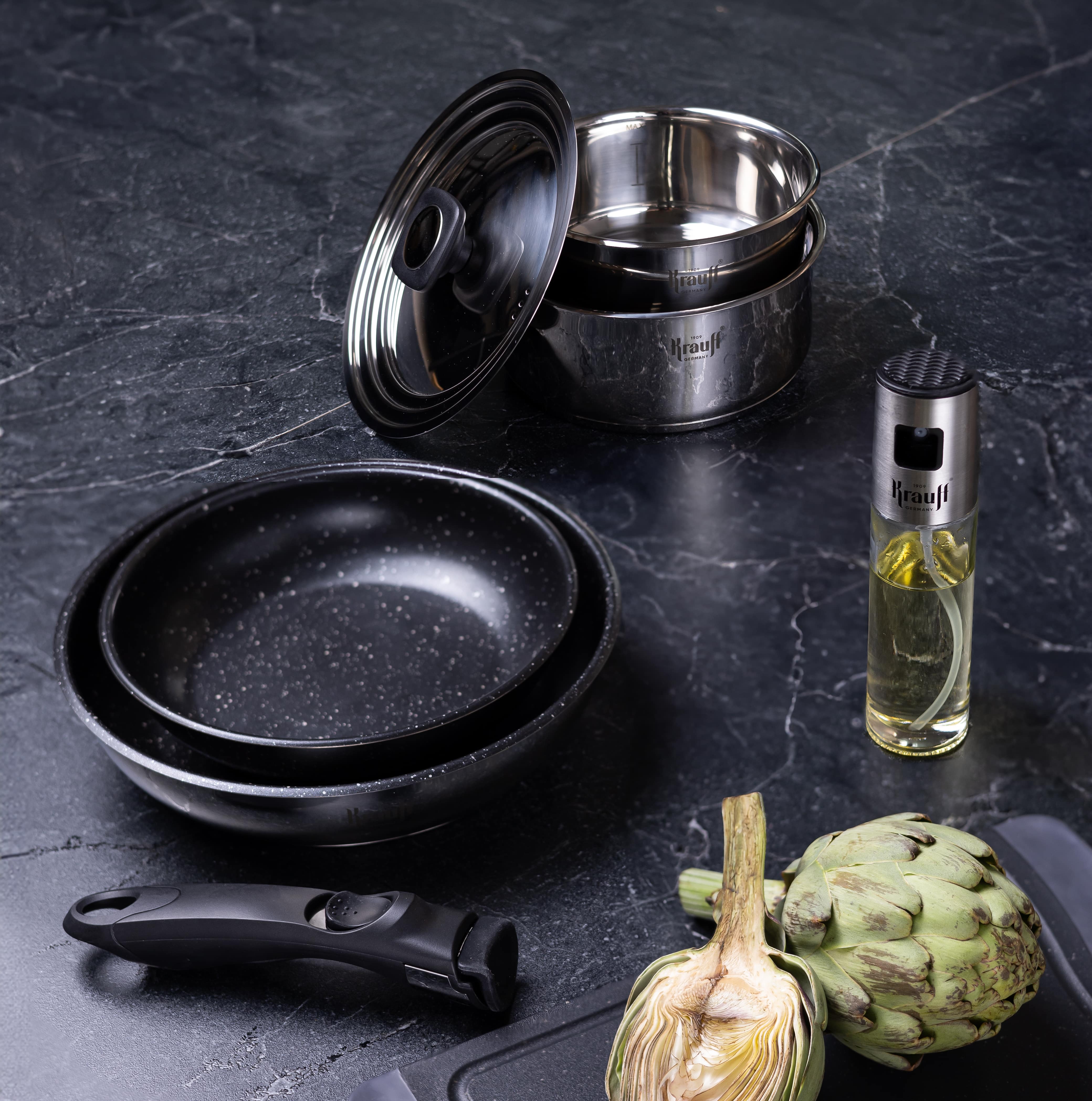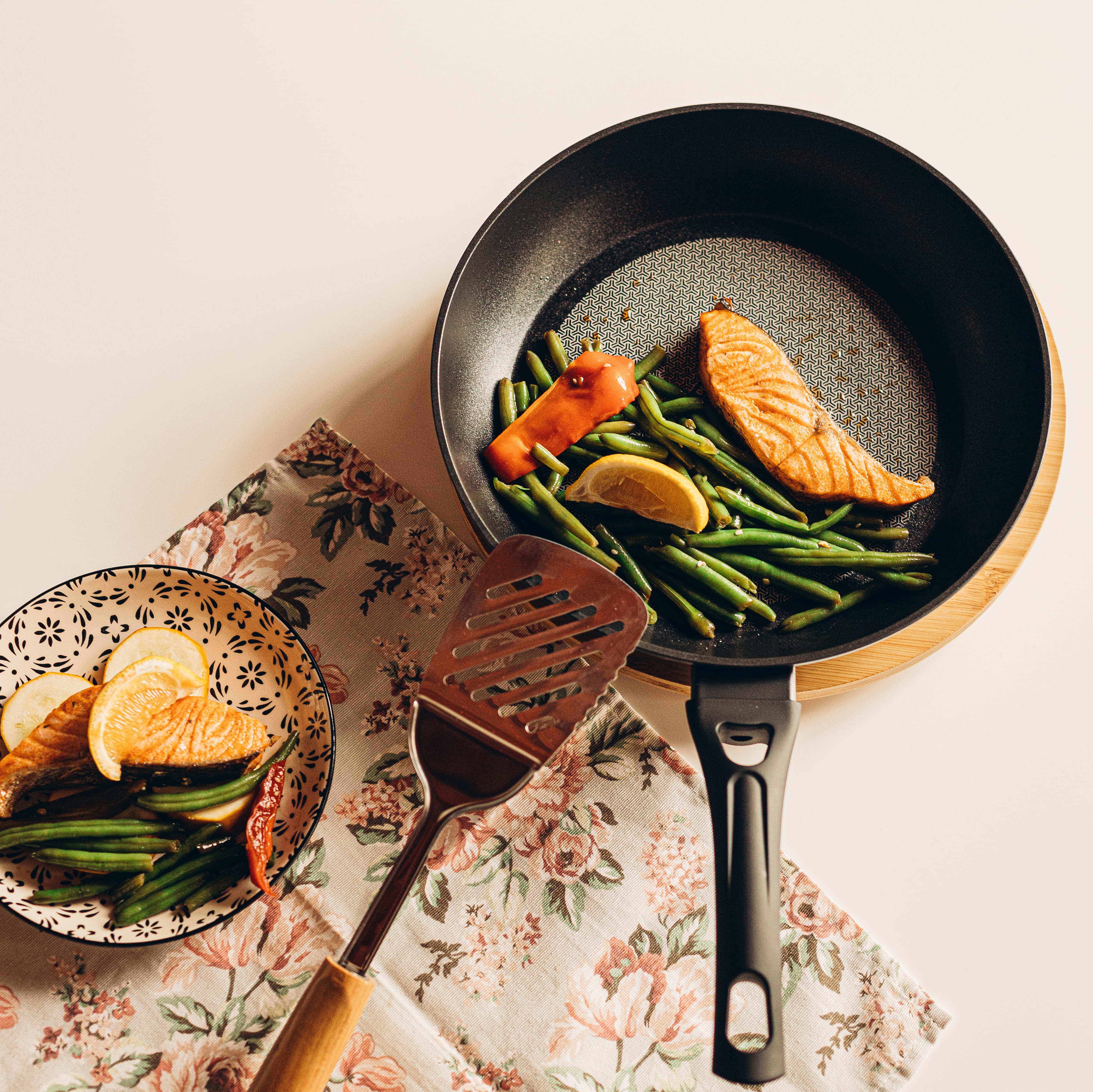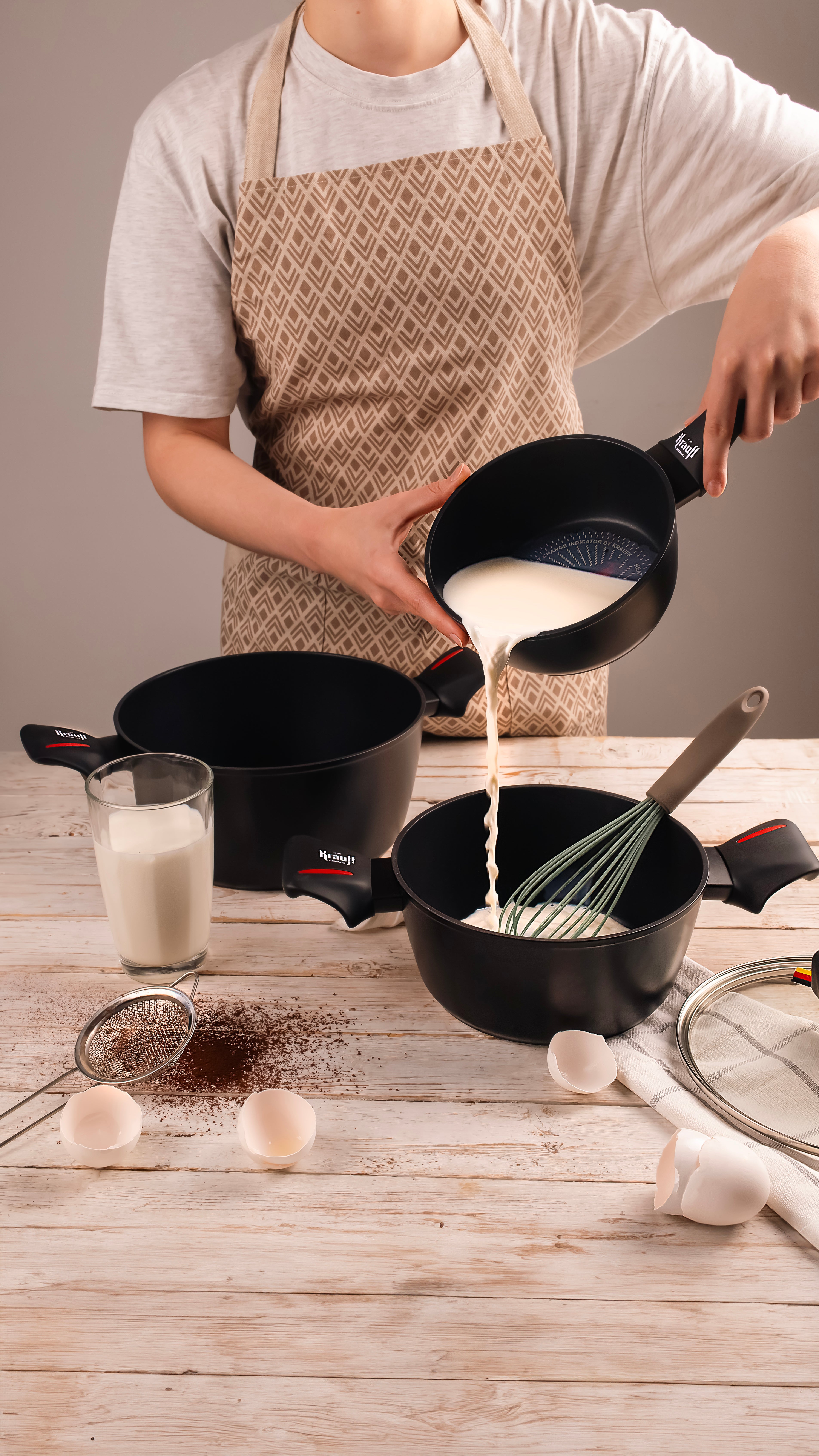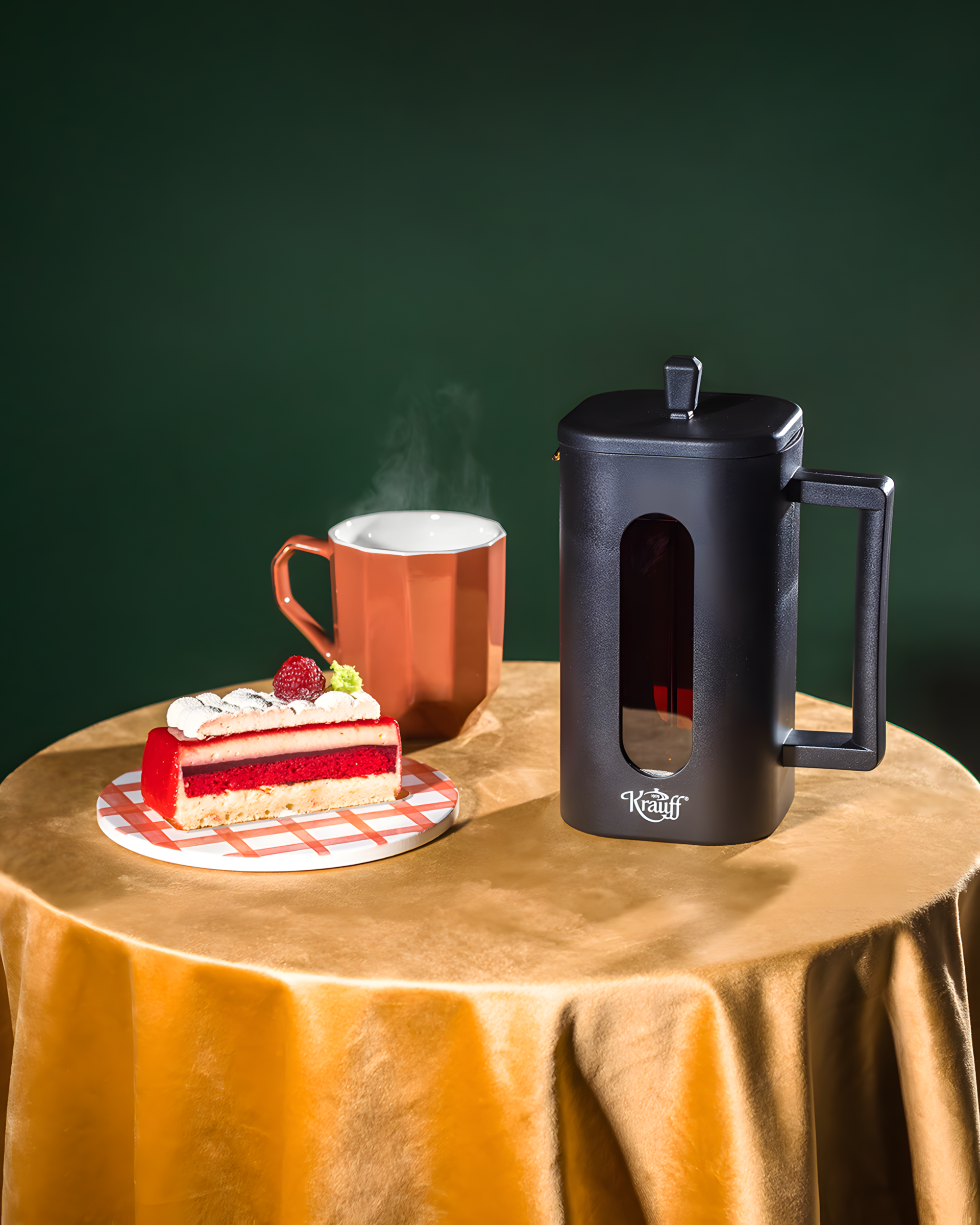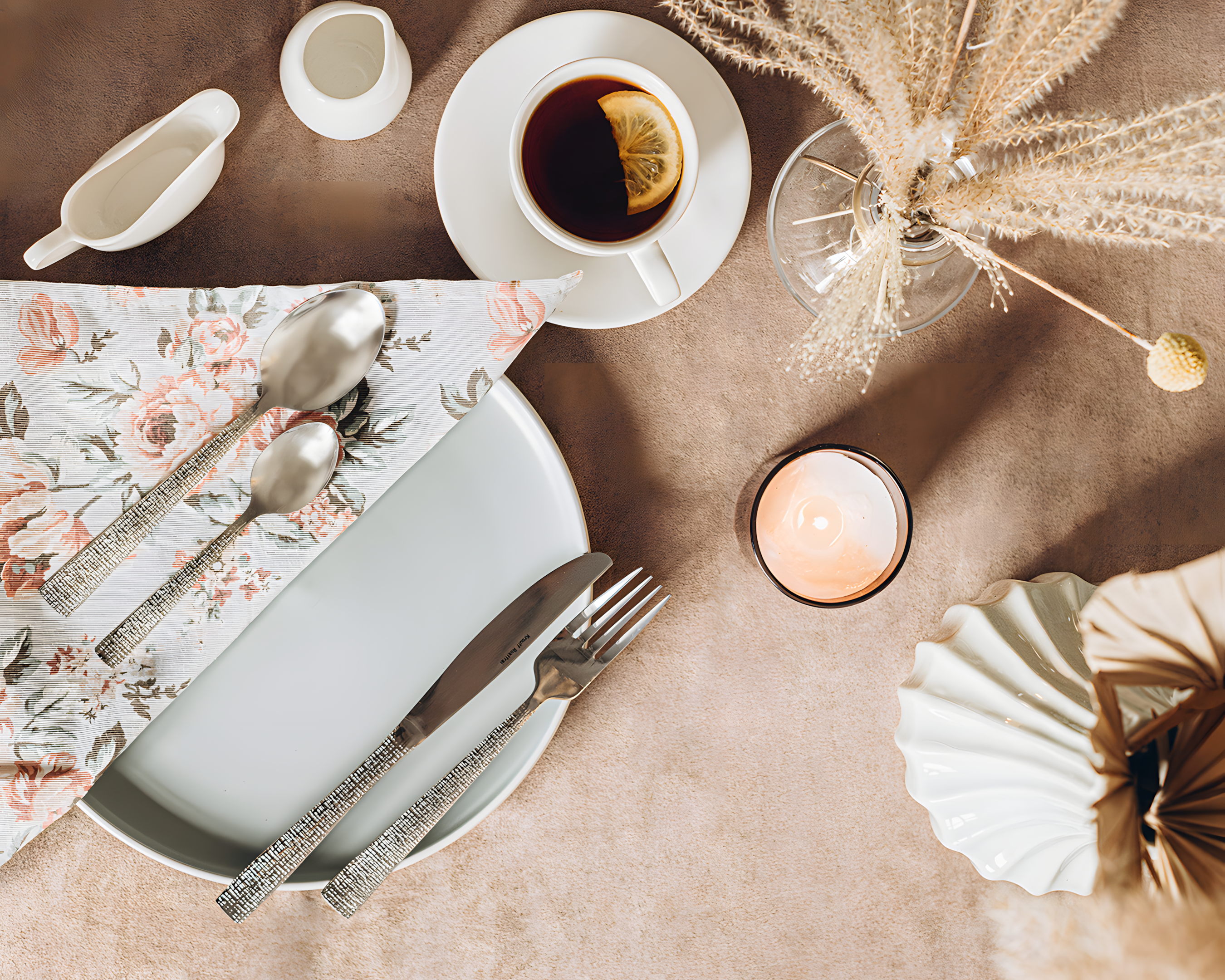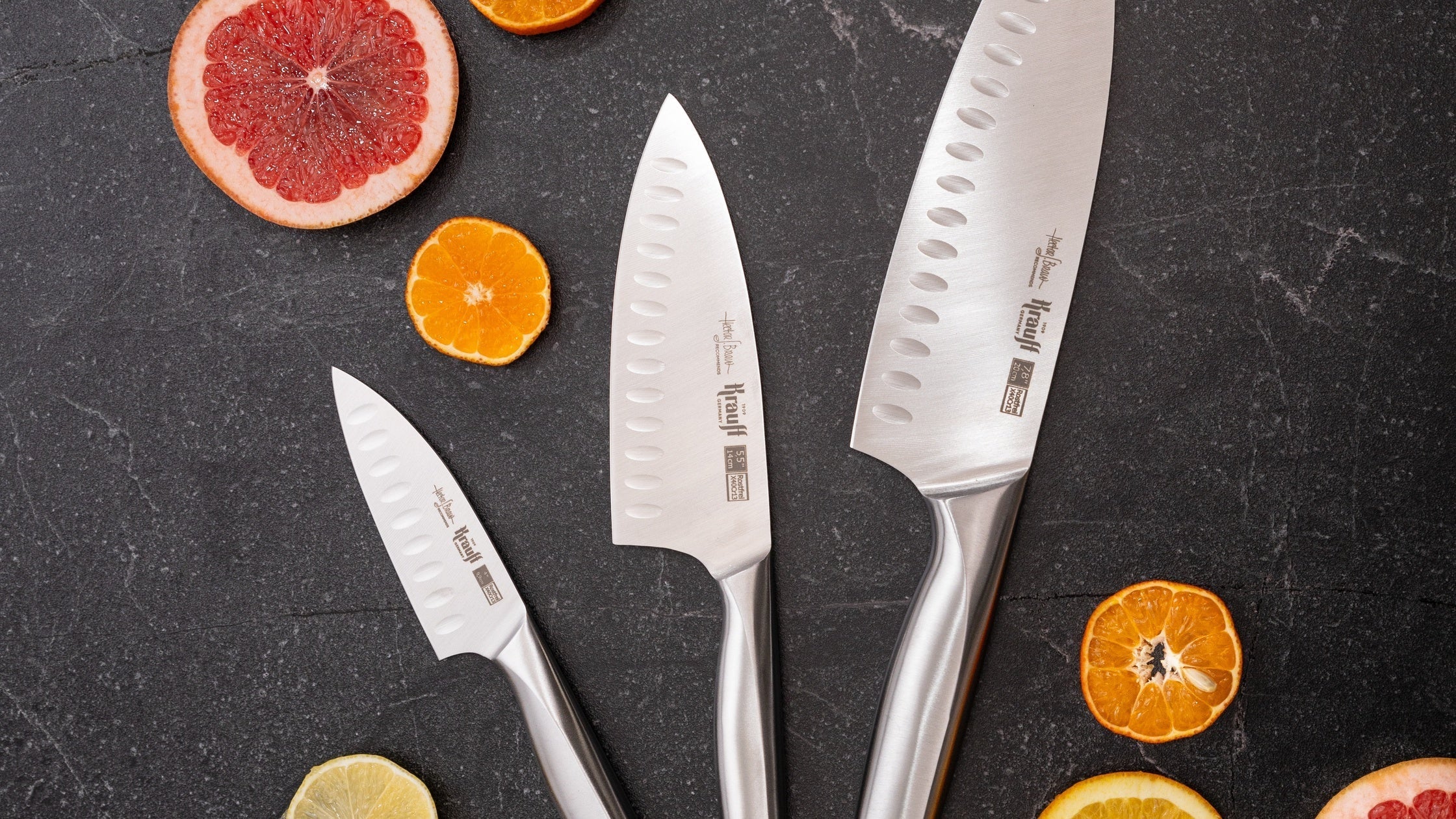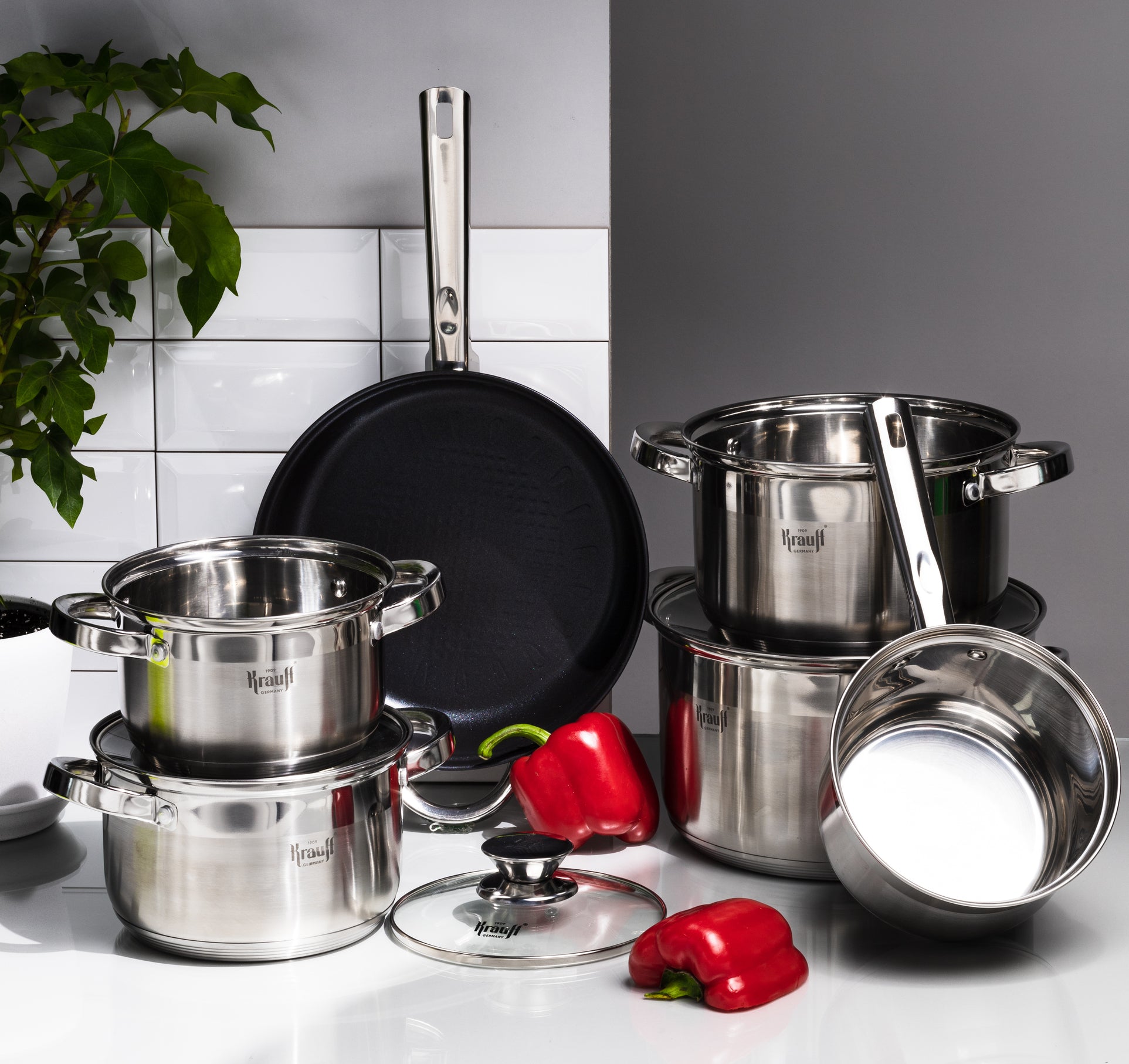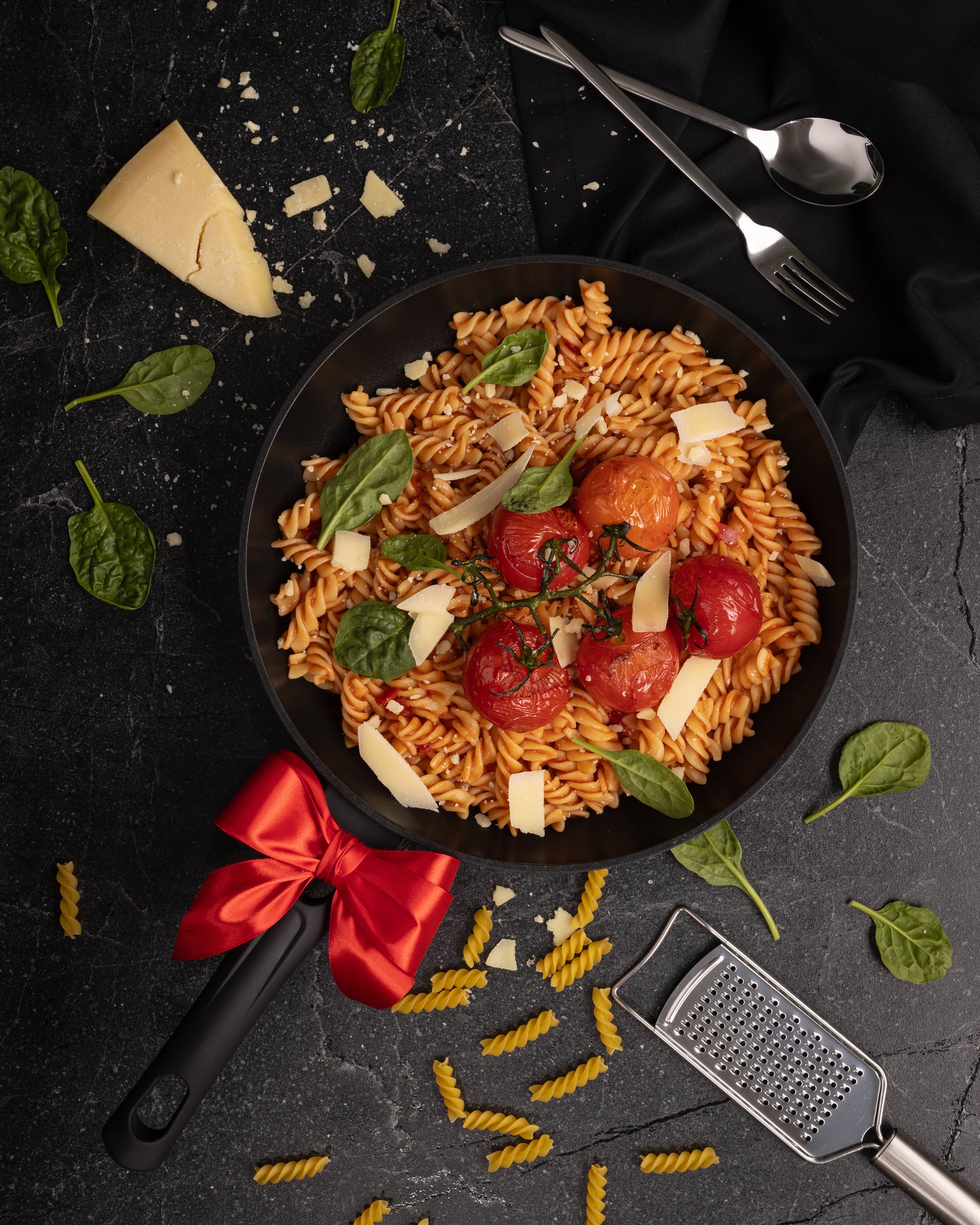
Why is the thickness of the bottom of the pan important?
What is the thickness of the bottom of a pan and how is it measured?
The thickness of the bottom is the distance between the inner and outer surfaces of the bottom of the pan. It is measured in millimeters and, at first glance, may seem insignificant. However, the difference between, for example, 2 mm and 5 mm will be noticeable during cooking.
The characteristics of cookware usually indicate the thickness of the bottom. A thin bottom (1–2 mm) is typical for cheap models, while in premium pots this figure starts from 4 mm and more. Often, high-quality cookware uses a so-called capsule or multilayer bottom, where different metals are combined to ensure ideal heat conductivity and stability.
Even heating is the key to delicious food
A thick bottom allows heat to be distributed evenly across the entire surface of the pan. This means that food will not burn in the center and remain raw around the edges. In a pan with a thick bottom, the temperature rises gradually and remains stable during cooking.
This is especially important for delicate dishes: milk porridges, creams, sauces, stewed vegetables. Uniform heating helps preserve the texture of foods, prevents sudden boiling and overcooking.

Krauff innovation: 5-layer capsule bottom
Krauff pans use modern 5-layer capsule bottom technology, which provides excellent heat distribution and durability.
This is what the bottom of a Krauff pan consists of:
-
18/10 stainless steel – does not react with foods, is easy to clean and retains its shine.
-
Aluminum layer – ensures fast and even heating.
-
Iron layer – strengthens the structure and improves thermal conductivity.
-
The second aluminum layer enhances the effect of stable heating without "hot spots".
-
Induction base – makes the pan compatible with all types of stoves, including induction.
Resistance to deformation and durability
One of the most common problems with cheap pans is the deformation of the bottom. Thin metal bends under the influence of high temperatures, which makes the pan lose its stability.
The thick, multi-layered bottom, like in Krauff pans, keeps its shape well even with daily intensive use. It is not subject to deformation. In addition, it is better protected against the formation of microcracks and damage, which extends its service life.
How to choose a pan with the right bottom thickness
When choosing a pan, it is worth considering not only the volume and type of stove, but also the design of the bottom. Optimally, a multilayer capsule bottom with a thickness of 4 mm or more, preferably with an induction base.
Advantages of Krauff models:
-
ideal thermal conductivity;
-
resistance to deformation;
-
ease of care;
-
universality for any stove;
-
long service life.
The thickness of the bottom of the pan is not a trifle, but one of the key parameters that determines the convenience, speed and quality of cooking. In Krauff pans, this feature is implemented through an innovative 5-layer bottom, which ensures uniform heating, energy efficiency and durability. Choose your cookware consciously - Krauff pans are designed for everyday comfort in the kitchen.










